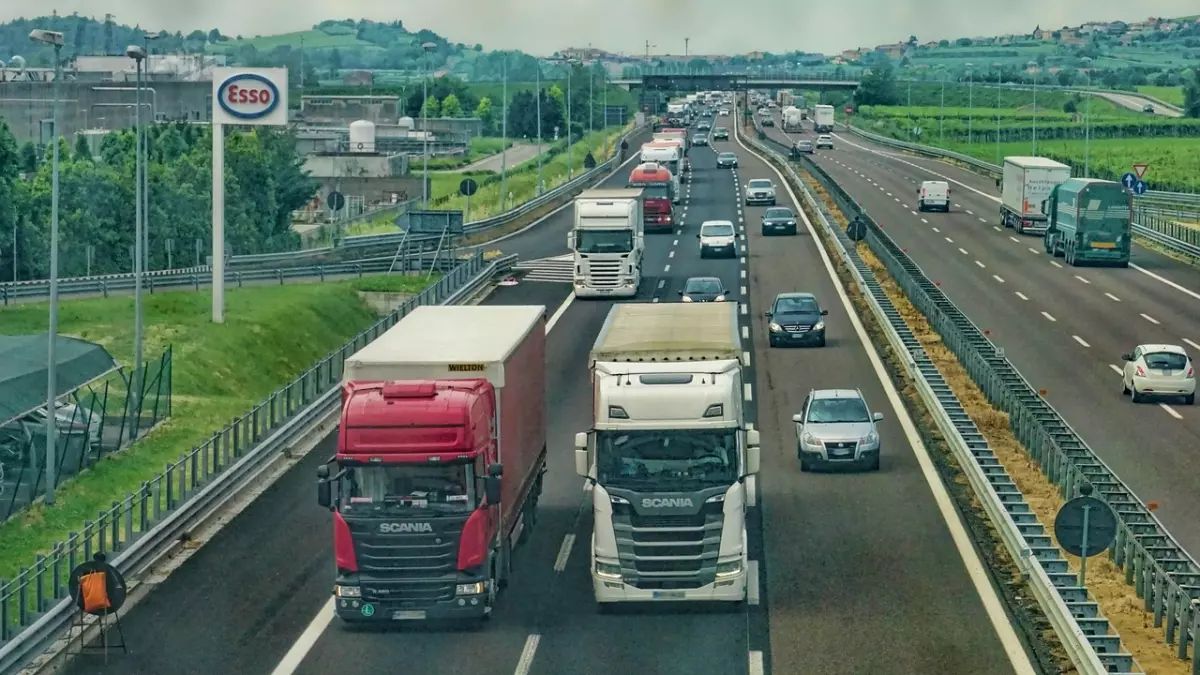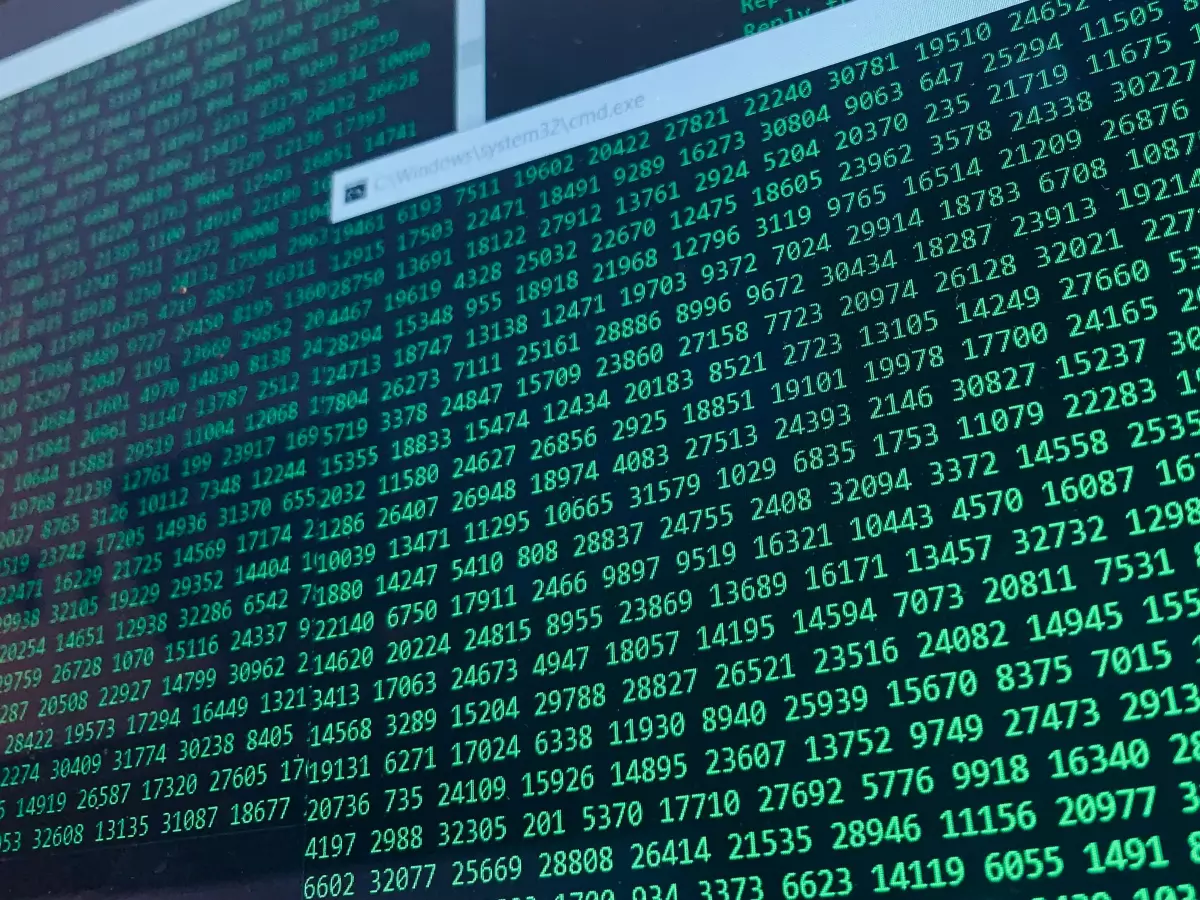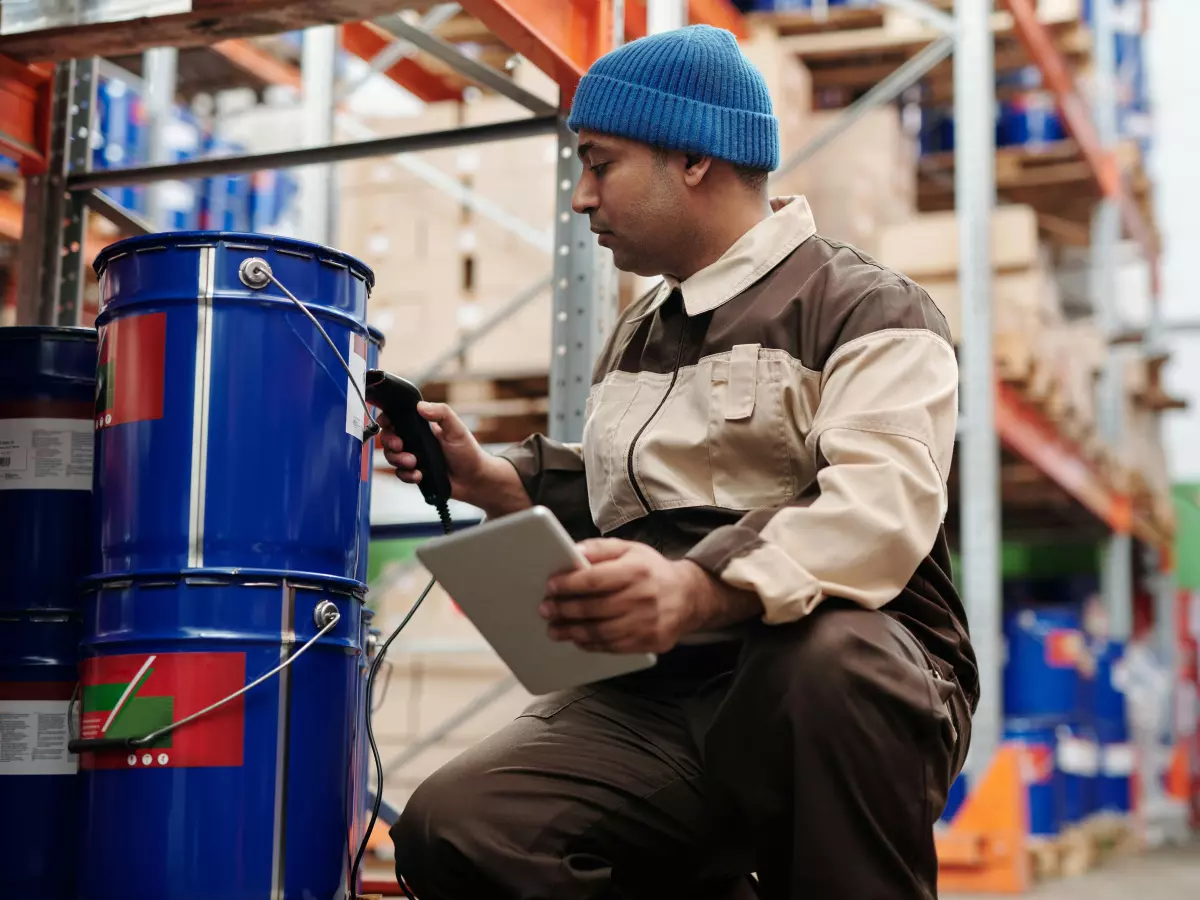AI's Data Dilemma
The rise of AI is causing a massive surge in data traffic, and it's not just a minor inconvenience. Mobile networks are on the verge of collapse, struggling to keep up with the sheer volume of data being generated. With AI applications like ChatGPT, image generators, and real-time video processing becoming more mainstream, the pressure on infrastructure is reaching a breaking point. The question is: how do we fix this?

By Sarah Kim
Enter Nvidia. The tech giant, known for its cutting-edge GPUs, is now stepping into the ring with a bold solution—using AI to fix the very problems AI has created. It sounds a bit like fighting fire with fire, but Nvidia's approach could be the key to keeping our networks afloat in this data-heavy future.
The AI Data Explosion
Let’s break it down. Every time you ask ChatGPT a question or generate a hyper-realistic image with an AI tool, you’re contributing to a massive data surge. AI models require enormous amounts of data to function, and as more people use these tools, the data traffic grows exponentially. According to Presse-citron, mobile networks are already feeling the strain, with some nearing saturation points.
It’s not just about the volume of data, though. AI applications require real-time processing, which means data needs to be transferred quickly and efficiently. The current infrastructure wasn’t built to handle this kind of load, and we’re seeing the cracks form. Slow connections, dropped calls, and buffering videos are just the beginning. If something isn’t done soon, we could be looking at widespread network failures.
Nvidia’s AI-Powered Solution
So, what’s Nvidia’s big idea? The company is leveraging its expertise in AI and machine learning to develop systems that can optimize data traffic in real-time. Essentially, they’re creating AI models that can predict and manage data flows, ensuring that networks don’t get overwhelmed.
Think of it like a traffic cop for the internet. Nvidia’s AI can analyze data patterns and reroute traffic to prevent bottlenecks. It can also prioritize certain types of data, ensuring that critical information gets through without delay. This kind of dynamic, real-time management is something that traditional network systems simply can’t do.
But Nvidia isn’t stopping there. They’re also working on hardware solutions, developing more efficient chips that can handle the increased data load without overheating or consuming too much power. These chips are designed specifically for AI applications, meaning they’re optimized for the kinds of tasks that are causing the data surge in the first place.
Why This Matters
At first glance, this might seem like a problem for tech companies and network providers to worry about. But the reality is, this affects all of us. As AI becomes more integrated into our daily lives, from virtual assistants to self-driving cars, the demand for data will only increase. If our networks can’t keep up, we’re going to feel the impact in everything from slower internet speeds to higher costs for data plans.
By addressing this issue now, Nvidia is helping to future-proof our infrastructure. Their AI-driven solutions could be the key to ensuring that we can continue to enjoy the benefits of AI without sacrificing the performance of our networks. And let’s be honest—no one wants to go back to the days of dial-up speeds and endless buffering.
The Bigger Picture
Nvidia’s approach is part of a larger trend in the tech world. As AI continues to evolve, we’re seeing more companies turn to AI to solve complex problems. Whether it’s optimizing data traffic, improving cybersecurity, or developing new medical treatments, AI is becoming an essential tool for tackling the challenges of the modern world.
But there’s a flip side to this. As we rely more on AI, we also become more vulnerable to its limitations. AI models are only as good as the data they’re trained on, and if that data is flawed or biased, the results can be disastrous. There’s also the issue of transparency—how do we know that these AI systems are making the right decisions? And who’s responsible when they get it wrong?
These are questions that we’ll need to grapple with as AI becomes more integrated into our lives. But for now, Nvidia’s solution offers a promising way to keep our networks running smoothly in the face of the AI data explosion.
What’s Next?
So, where do we go from here? Nvidia is already rolling out its AI-powered traffic management systems, and we can expect to see more companies follow suit. As the demand for AI applications grows, so too will the need for smarter, more efficient data management solutions.
But this is just the beginning. The real challenge will be scaling these solutions to handle the massive amounts of data that future AI applications will generate. We’re talking about everything from fully autonomous vehicles to AI-driven smart cities. The data requirements for these technologies are mind-boggling, and it’s going to take a lot more than just a few clever algorithms to keep things running smoothly.
Still, Nvidia’s approach gives us a glimpse of what’s possible. By using AI to solve the problems created by AI, they’re showing us that the future of technology isn’t just about creating new tools—it’s about finding innovative ways to manage the impact of those tools on our world.
Final Thoughts
In the end, the AI data dilemma is a problem that we’re all going to have to face sooner or later. But thanks to companies like Nvidia, we’re already seeing some promising solutions. By leveraging the power of AI to optimize data traffic, Nvidia is helping to ensure that our networks can keep up with the demands of the future.
So, the next time you’re chatting with an AI or generating a cool image with a neural network, remember that there’s a whole lot of data flying around behind the scenes. And thanks to Nvidia, that data might just get where it needs to go without crashing the entire system.
The future is data-heavy, but with AI on our side, we might just be able to keep up.





